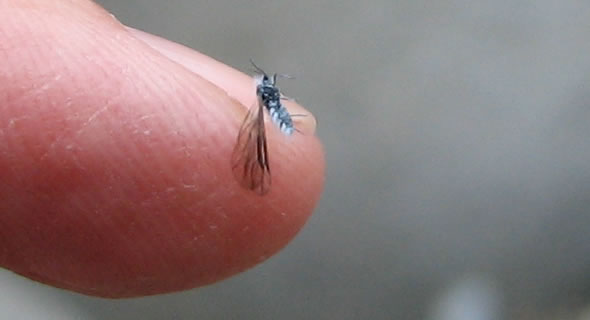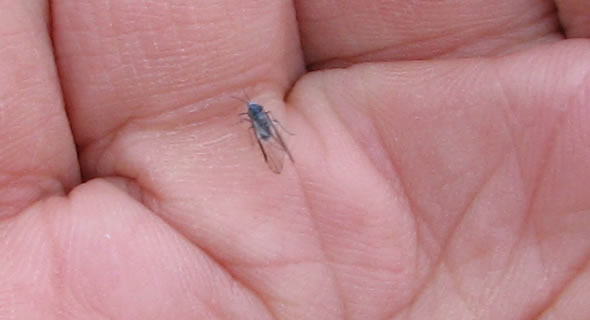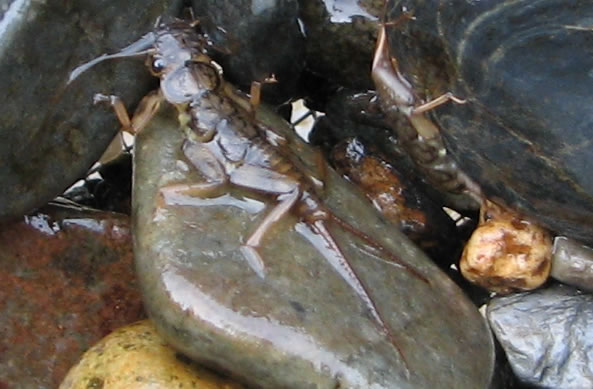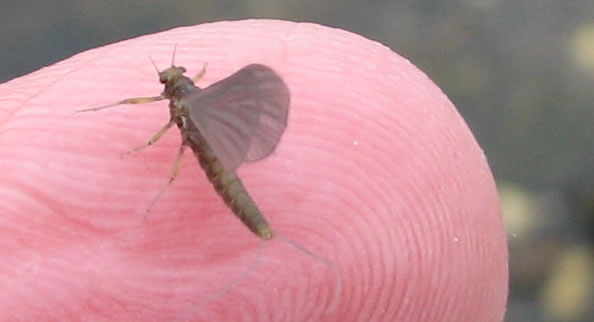So I'm at one of my favorite canyon streams, and this is the second time I've seen lots of these guys flying around. You can see the size compared to my index finger, and the color is almost a translucent blue. Any ideas? I wish the macro were better, I didn't have time to get it set up correctly before he took off:
I also brought my strainer along and found this guy while filtering through some rocks and gravel. My books tell me this is a stonefly nymph, right?
Notice his buddy to the right:
Looking for freedom:








 Reply With Quote
Reply With Quote






Bookmarks